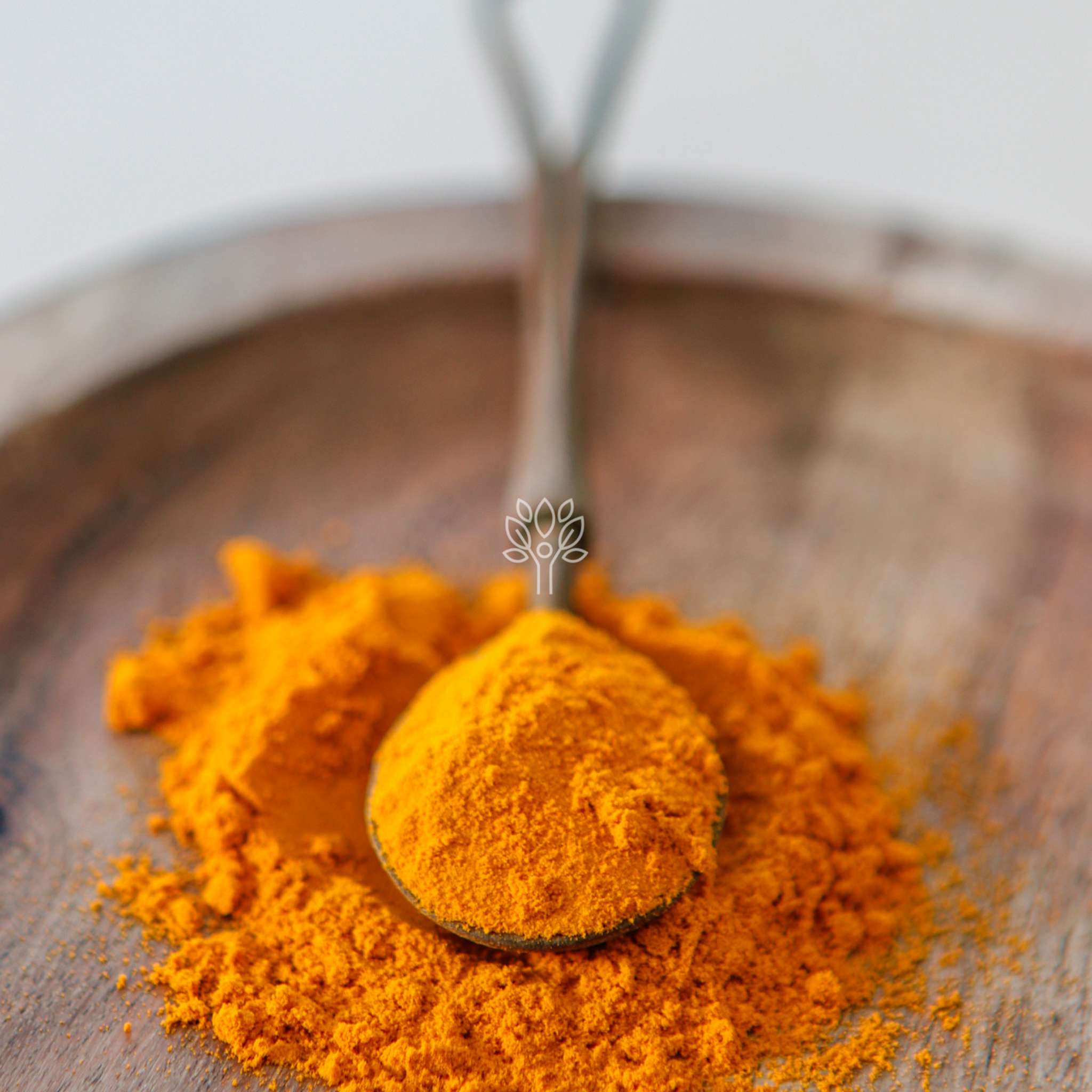When the cooler months roll around, we lose more than just a few hours of daylight—all the fresh fruits and vegetables of summer disappear, too. If you’re mourning the loss of your favorite summer superfoods, we feel your pain (we’ll miss you, blueberries and tomatoes). But we do have some good news: the cold season is also full of winter superfoods.
Buying seasonal superfoods—even the winter superfoods—means they will be:
- cheaper, because they are in abundance;
- fresher, because they are often harvested at the peak of ripeness;
- more environmentally-friendly, because they’re harvested from local sources (which decreases the amount of fuel used to transport your food to the store).
- and more nutritious than their out-of-season counterparts. “The longer produce sits on the shelves, [the more] nutrient and antioxidant availability can decrease,” says Shapiro. “Long transport times and ‘expiring’ on grocery store shelves seems to dramatically affect the nutrient density of produce.”
The following winter superfoods are all in-season during the winter months, just ready and waiting on grocery shelves to share their nutritional benefits.
- Ginger – Looking for a natural way to fight off or recover from one of the many nasty viruses that circulate during the winter? Your search ends with ginger, which Shapiro says has been used for centuries to improve digestion, soothe upset stomachs, and boost your immune system.
- Dried Fruit – Dried fruits are a natural source of energy for athletes. Dried fruits are a rich source of good fat and calories. Dried fruits generally contain similar nutrients as fresh or frozen but are more concentrated. According to the researchers, dried fruit has about 3.5 times the amount of beneficial nutrients as fresh fruit.
- Matcha – Matcha belongs to the green tea family, but it’s used as a concentrated powder instead of dried leaves. This makes matcha higher in caffeine and an amino acid called L-theanine, a compound linked to feelings of focus, alertness, and sustained energy. Sometimes the benefits of matcha get conflated with weight-loss claims, so a word to the wise: The only real way matcha will help you lose weight is by drinking it in place of soda, juice, and energy drinks.
- Turmeric – Turmeric‘s gotten tons of health hype lately, mostly due to its main bioactive compound called curcumin. Curcumin’s antioxidant properties are linked with reduced risk of chronic disease — more tahn 100 clinical trials have been conducted on the compound! However, your dietary patterns as a whole have a much greater impact on disease risk. Use turmeric in dishes made with veggies, seafood, and pulses (chickpeas, beans, lentils, and peas) to reap the biggest benefits and maximize flavor.
- Cinnamon – There’s been lots of talk about cinnamon and its effect on blood sugar management in people with diabetes, but to date, there’s not enough evidence to support taking a cinnamon supplement. That said, using cinnamon can still benefit your blood sugar in other ways. The warm flavor can help you cut back on the amount of sugar you add to foods and drinks. Try it with breakfast, desserts, hot tea, and coffee lattes to add spice without the sugar overload.
- Maca – Maca is a Peruvian root that’s mostly used in a powdered form. It’s a delicious topping on popcorn — my personal favorite! There’s some limited data that maca powder can help with libido, but it’s not exactly “nature’s Viagra.” The same is true for any claims about improving blood pressure in post-menopausal women. Just make sure you’re checking the ingredients list to make sure that maca root powder is the only one on there.
- Chia – Chia seeds are naturally gluten-free source of fiber and protein that that you can keep in your pantry — for up to 5 years! While any and all seeds are great for your health, chia seeds provide antioxidants and up to 30% of your daily value for magnesium in a 1-ounce serving. Try ’em on yogurt, cereal, or veggies or in baking recipes.
- Flaxseed – Less crunchy than chia, flax seeds pack plant-based omega 3’s linked with improved cognition and brain function. Flax can also help lower your LDL or “bad” cholesterol levels while increasing HDL or “good” cholesterol. The combo of fat, fiber, and plant-powered protein makes whatever you’re cooking more filling, and adds a nutty taste. Try flax in breakfast cereal, on top of yogurt, or sprinkled on roasted veggies.
- Powdered Greens – Instead of scooping out blended green powders that claim to contain vitamins and omega-3 fatty acids, go straight to the real foods themselves. You’re better off eating actual leafy greens; more cruciferous vegetables like Brussels sprouts and cauliflower; fatty fish like salmon and tuna; and nuts, especially walnuts. These can all help boost your immune system and reduce risk of chronic disease when eaten regularly.

